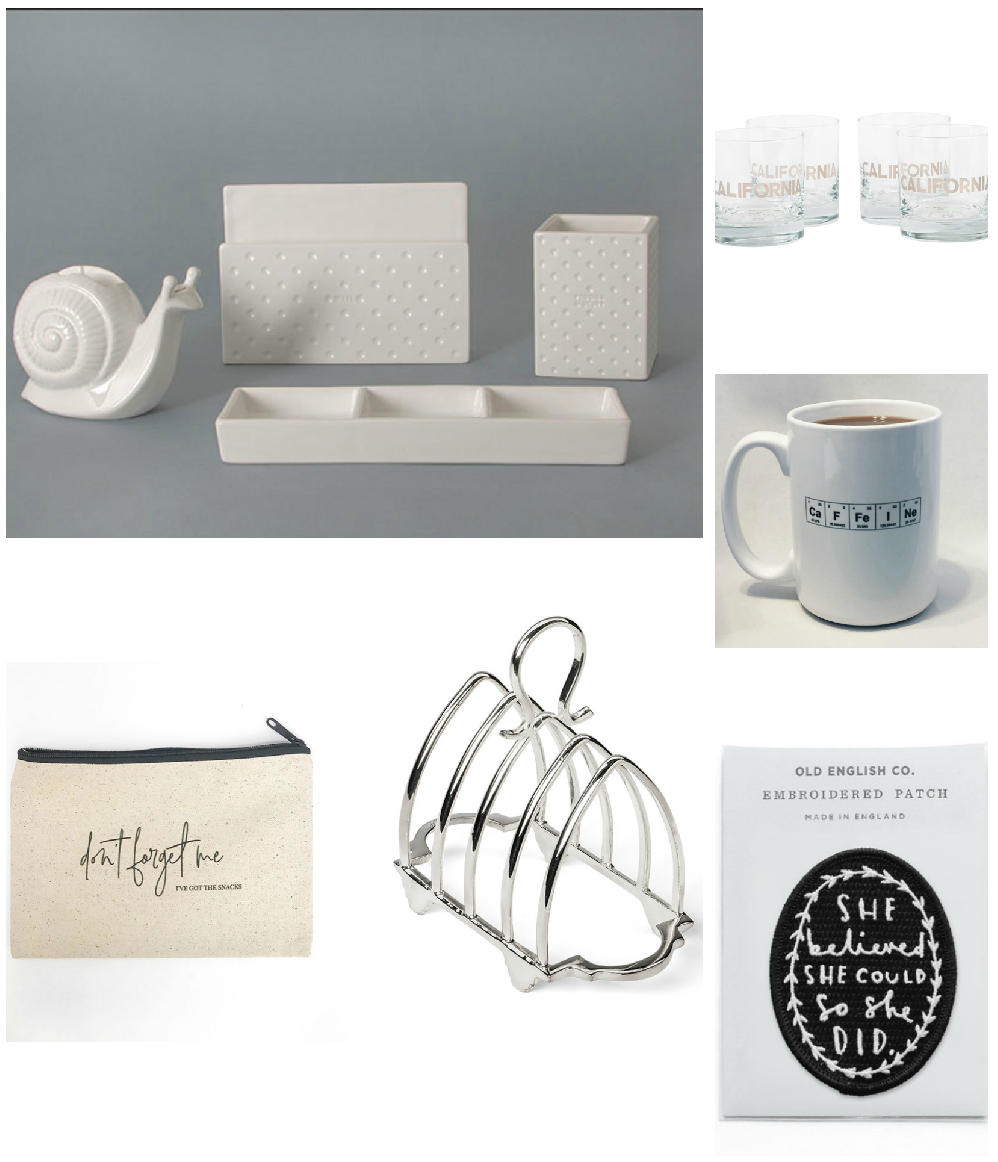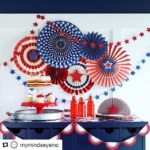Trends
July 25, 2018 •
From Cards to Gifts

Over the last several years, there has been a definite flux in the stationery industry as both makers and retailers have shifted their focus to incorporate more gifts into wholesale offerings and merchandise mixes. This can reap very positive results, but different product categories require a different approach.
Many makers got their start in stationery due to the simplicity of its manufacturing. Emily McDowell, Founder and Creative Director, Emily McDowell Studio/SVP Strategy, The Who’s There Group, explained that from the start she foresaw creating a broad product range. “My desire to start our company wasn’t necessarily based on my die-hard love for paper; it was more that I had a brand vision and a lot of ideas for things I wanted to make. Paper was one of them, and manufacturing cards was the simplest and most economical way in; I was able to launch the company on $5,000 in savings. So gifts were a big part of my plan from day one, it just took a little while for us to gain the necessary experience, infrastructure and cash to make it happen.”
Others, like Rosanna Kvernmo, owner/creative director, Iron Curtain Press, had an inherent love of stationery, but broadened her focus after seeing the potential. “We expanded our line from solely letterpressed greeting cards to notebooks, notepads, pencil pouches and brass push pins. In the process of creating a greeting card line, we learned about creating and marketing a product that could translate to other products. As we delved deeper into the world of stationery we realized we had ideas of what our dream notebook or pencil pouch would be, and decided we would try to create them!”
Meanwhile, Kate Thurman, owner of Smarty Pants Paper Co., always had a brand concept, and as her company grew, extended her offerings accordingly. “One of my goals with Smarty Pants is to develop a brand that my younger self would have been excited to shop for, but appeals to a broader range of age groups. Most of the products I’ve added are things that I would have loved to find in my Christmas stocking. I wanted to apply my artwork to products that have an attainable price point, but still feel special and inject a little fun into life.”

A New Song & Dance
One major challenge of altering offerings is finding new production methods, underscored McDowell. “If paper production is a smooth road, gift production is cutting your own path through the jungle with a butter knife. That’s an exaggeration, but it doesn’t feel like a huge one. We spent two years and a lot of money trying to nail down the manufacturing process on just two items, and production is definitely one of the most challenging parts of adding gift to a paper line. Cards have way fewer variables, which means fewer things can potentially go wrong in production. When we started, our attitude was, ‘How hard could it be to source and screenprint a two-color, white dish towel?’ Turns out the answer is ‘pretty hard,’ especially when you need the finished product to retail at a competitive wholesale price point.”
McDowell found that domestically manufacturing profitable gifts can be trying, if not impossible. “Making things domestically is great in that you’re contributing to your local economy and community, but also it’s much faster and simpler than overseas manufacturing. Our initial plan was to manufacture everything domestically, but over the course of about 18 months and trying no less than six different vendors (for two product types!), we were frustrated with the quality, and we kept hearing from retailers and reps that our wholesale prices needed to be lower, which wasn’t possible, given our domestic product costs. So we started exploring overseas manufacturing, which comes with its own set of challenges, but overall, we’ve found the quality to be higher and more consistent, with prices that are more viable for wholesale.”
That doesn’t mean domestic manufacturing is completely impossible — and keeping merchandise “Made in America” or even local has a certain cachet. “We manufacture all our greeting cards in house, so as we moved into creating other products, we focused on products that we could primarily make in our Los Angeles studio. We work with offset printers in LA to complement our letterpress printing for our note pads and notebooks. To create our pencil pouches we worked closely with a shop in LA to source all the materials and sew the bags. We are also able to create all our own packaging.”
It can also mean that some expansions don’t work out, emphasized Thurman. “Finding reliable manufacturing partners is challenging. I’ve had several instances where products didn’t meet my quality standards and had to be remade, and I’ve had to abandon some products altogether because of problems with manufacturing.”

Making the Most of Mixes
A given range that has both greeting cards and gifts can be a win-win at retail as customers already enamored with a maker or a certain look may buy more. Meanwhile, it’s easier for buyers to buy deeper than across more ranges.
When it comes to displays and windows, gifts can also inject two-dimensional stationery with depth and interest. Often a branded display is an easy solution, commented McDowell, though “part of what makes the industry so fun (is) seeing stores that merchandise by theme, color, product type or in some other way.”
Sometimes thinking outside the box with juxtaposition allows a product to be viewed with a fresh perspective, suggested Kvernmo. “Our products skew towards office supplies, but that doesn’t mean they can only be merchandised with other office supplies. We believe our products are part of a beautiful and well-organized life and are well-suited to a wide variety of merchandising set-ups.”

If the gift items in question are inexpensive, impulse-type items like Thurman’s, they’ll “do well near the checkout or close to best-selling products,” she noted.
McDowell remarked that she tends to see the best sell-through with “a balance of consistency and freshness. Stores often have their mainstay, top-selling products which they try to never run out of — but mixing in new styles and formats with the tried and true favorites is a great way to keep people interested.”
Finally, use social media to promote your new categories. This is an exciting expansion — don’t be shy about spreading the word, finished Thurman. “Retailers who place more frequent orders for gift items seem to be more active on social media, and appear to be genuinely excited about the products they are selling.”



















